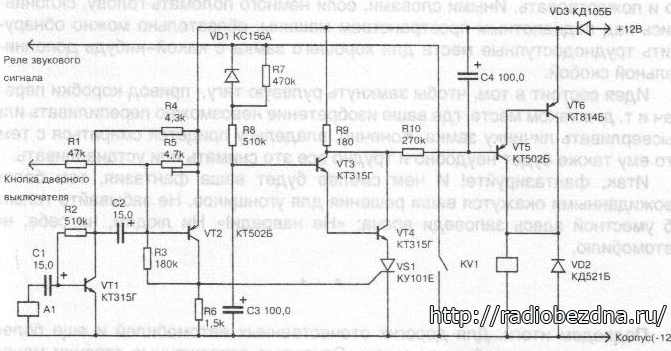
Principialjnuyu Shemu Zaryadnogo Ustrojstva Orion Pw260
Orion Benchtop pH/Conductivity Meter Instruction Manual Measurement Theory 3 Chapter II. Measurement Theory pH Measurement pH is one of the most common laboratory measurements because many chemical processes are dependent on pH. The speed or rate of chemical reactions can often be significantly altered by changing the pH of the solution.
It features a cleverly designed hydraulic system which offers a height adjustable hydraulic manure dosing wall and hydraulic controled spreading unit protection. Both come as standard.
ORION 120 T version has four vertical beaters fitted with easily replaceable segments made of wear-resistant HARDOX steel. The wide-angle spreading version ORION 120 TH has two graded horizontal beaters fitted with replaceable segments made of wear-resistant HARDOX steel and two spreading plates fitted under the beaters which enable fine and even spreading up to 24 m. Verdena disco grafia torrent youtube. The spreading unit can be easily removed and the spreader can be used as a classic trailer. The floor chain conveyor consists of 4 chains dim. 13 × 36 mm and is driven by a hydraulic motor.
Forward and backward motion of the floor chain conveyor and other functions can be controlled from the tractor cabin. The easy to use support leg enables the manure spreader to be raised or lowered safely when attaching it to the tractor. The tandem axle with parabolic springs and a wide track enables speeds of up to 40km/h. The two-way air brake system with ALB offers increased safety when having to brake when the manure spreader is fully loaded.
The spreading unit has a special central lubrication system for easy maintenance of the machine.

The decoration engraved on a pot from the Vučedol layer in Vinkovci, dated prior to 2600 BC., displays the most complete European (Indo-European) calendar based on astral symbolism representing the relevant constellations characteristic for all four seasons. The calendar is synchronous with the Sumerian and Egyptian calendars and is by no means their replica, because it had been established on the far more northern, 45th parallel. The climatic conditions corresponding to that latitude resulted in the four seasons. In comparison with the Sumerian-Babylonian, Egyptian, Chinese, North and South American Indian, and other ancient calendars, the constellations can be clearly defined, and the zones or belts into which some vessels are divided mark the particular yearly seasons. The constellations denoting individual seasons were shown at the moment of twilight, as the first landmarks of the evening sky (Orion, the Pleiades, Gemini, Pisces/Pegasus, Cassiopeia, Cygnus). Naturally, the usual symbolism of the Sun (without a single depiction of the Moon) shows the complete absence of lunar symbolism, which is an Indo-European trait. In the Vučedol Culture the year began with the spring equinox, when the Sun symbolically supplanted the most important winter constellation of Orion.
To be more exact, that particular night the three stars of the Orion's Belt appeared a short while for the last time in the winter sky, disappearing for several months. This coincidence, the disappearance of Orion on the day of the spring equinox (which today, due to the Earth's precession takes place 50 days later), was recorded by the Vučedol culture population and it helped them in determining the first day of the new year, but also in coordinating the number of days in their year with the actual number of the days of the yearly revolution of the Earth around the Sun.